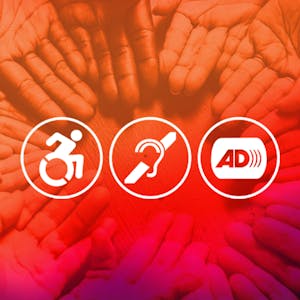Financing the development and evolution of infrastructure
About this Course
In this course, we will explore how debt and equity can be used to finance infrastructure investments and how investors approach these investments. We will discover the crucial importance of infrastructure in modern economies and the evolution of financing methods in the context of growing global needs. The course is divided into 5 modules lasting approximately 7 hours, spread over 5 weeks. We will cover the importance of infrastructure, public and private sources of financing, the evolution of infrastructure and project financing. We will also look at the increasing focus on sustainability and ESG (Environmental, Social, Governance) criteria. The course includes video lectures, readings and talks by expert guests. It is presented in an accessible and simplified format, suitable for a general audience, including high schools and new entrants to university. Available in Italian and English with subtitles, it is accompanied by materials in both languages.Created by: Università Bocconi

Related Online Courses
Three people died after the crash landing of an Asiana Airlines aircraft from Seoul, Korea, at San Fransisco International Airport (SFO) on July 6, 2013. The American National Transportation Safety... more
The figure of the Energy Manager (EM), introduced in the United States in the early 1970s, during the first oil crisis, brought to light the need to get more work out of less energy. In Italy, this... more
A good algorithm usually comes together with a set of good data structures that allow the algorithm to manipulate the data efficiently. In this online course, we consider the common data structures... more
The course on \"Midstream Oil & Gas Processing\" provides a comprehensive understanding of the various processes involved in the midstream Oil & Gas operations such as transportation, separation,... more
This course introduces some of the fundamental principles of accessibility and prepares learners for further study in accessibility and inclusive design. Learners will have an opportunity to... more








